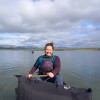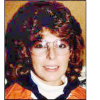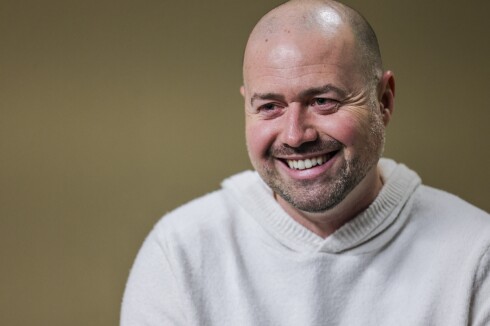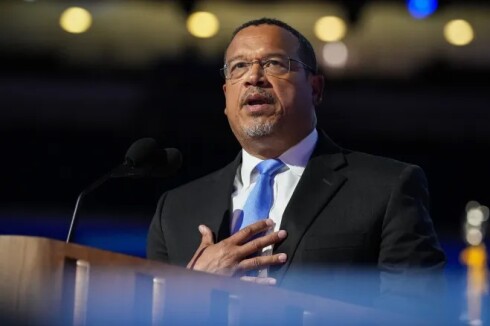Editor's note: This is the second story in a three-part series on St. Louis County's Safe Babies Court. Find the other stories in the April 20 and April 27 print editions of the News Tribune and on our website.
VIRGINIA — In the depths of addiction, Hannah Tassoni found herself living with her two young children at her drug dealer’s house in Hoyt Lakes.
ADVERTISEMENT
The mother, awake for as many as seven days straight on methamphetamine-fueled binges, could hardly be bothered to feed the kids or ensure the oldest went to school. She ignored the repeated knocks of a social worker.
When police searched the home and found drug paraphernalia in her infant’s crib drawer, it should’ve been a major wake-up call, Tassoni said in hindsight. Instead, she got defensive, declaring herself a “great mom.”
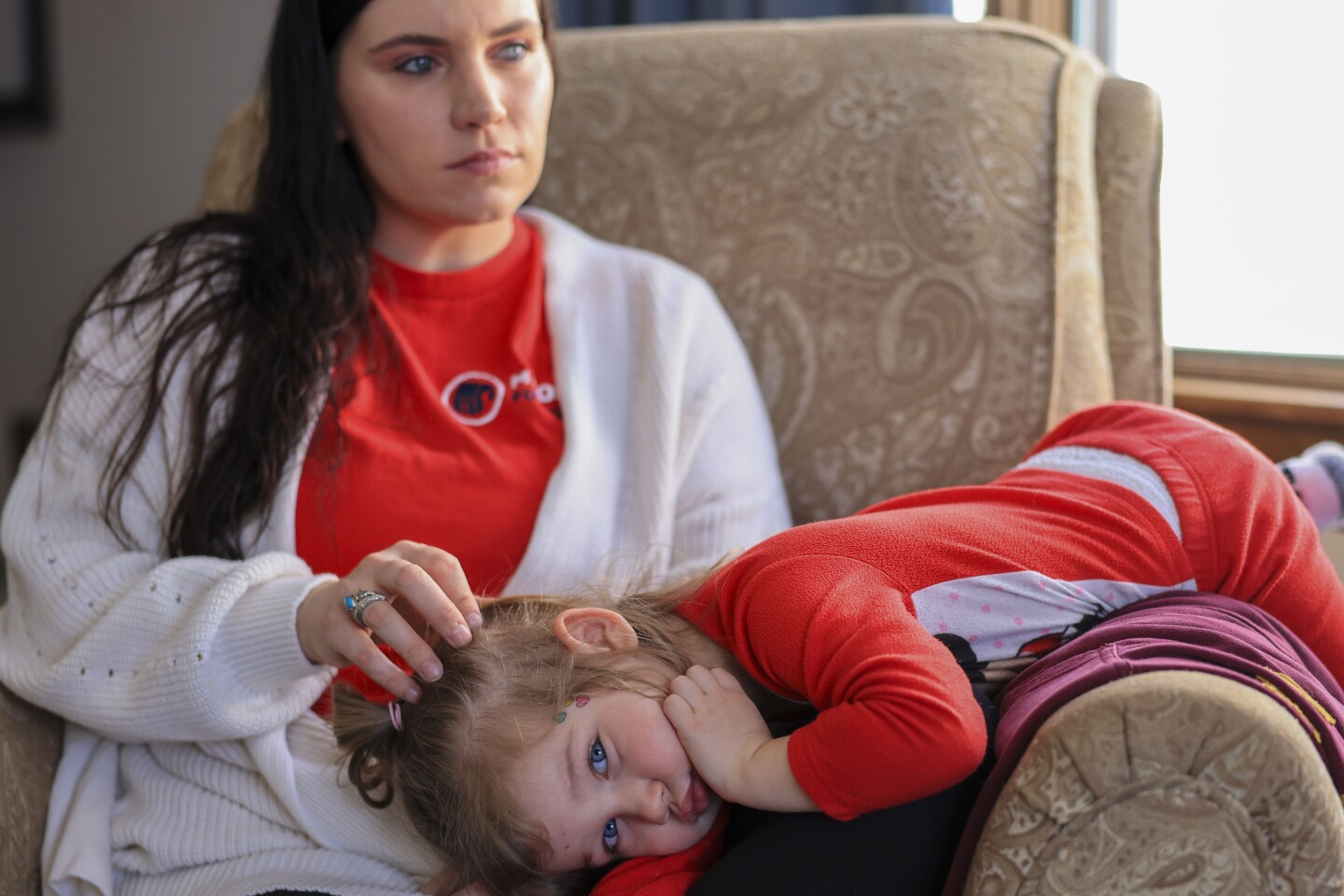
“Realistically, they were not OK,” Tassoni said recently. “They were fed and loved to my ability. But, looking back, there was no structure. There was no routine. Grace was missing so much school.”
Tassoni, like many parents struggling with addiction, was at serious risk of losing custody of her children.
But today, she’s happily living a sober life in Virginia with a family that now includes four kids and a fiance who has also overcome addiction.
Tassoni, 32, was the first graduate of St. Louis County’s Safe Babies Court, a team-based approach to child protection cases that offers services and supervision in hopes of keeping families together.
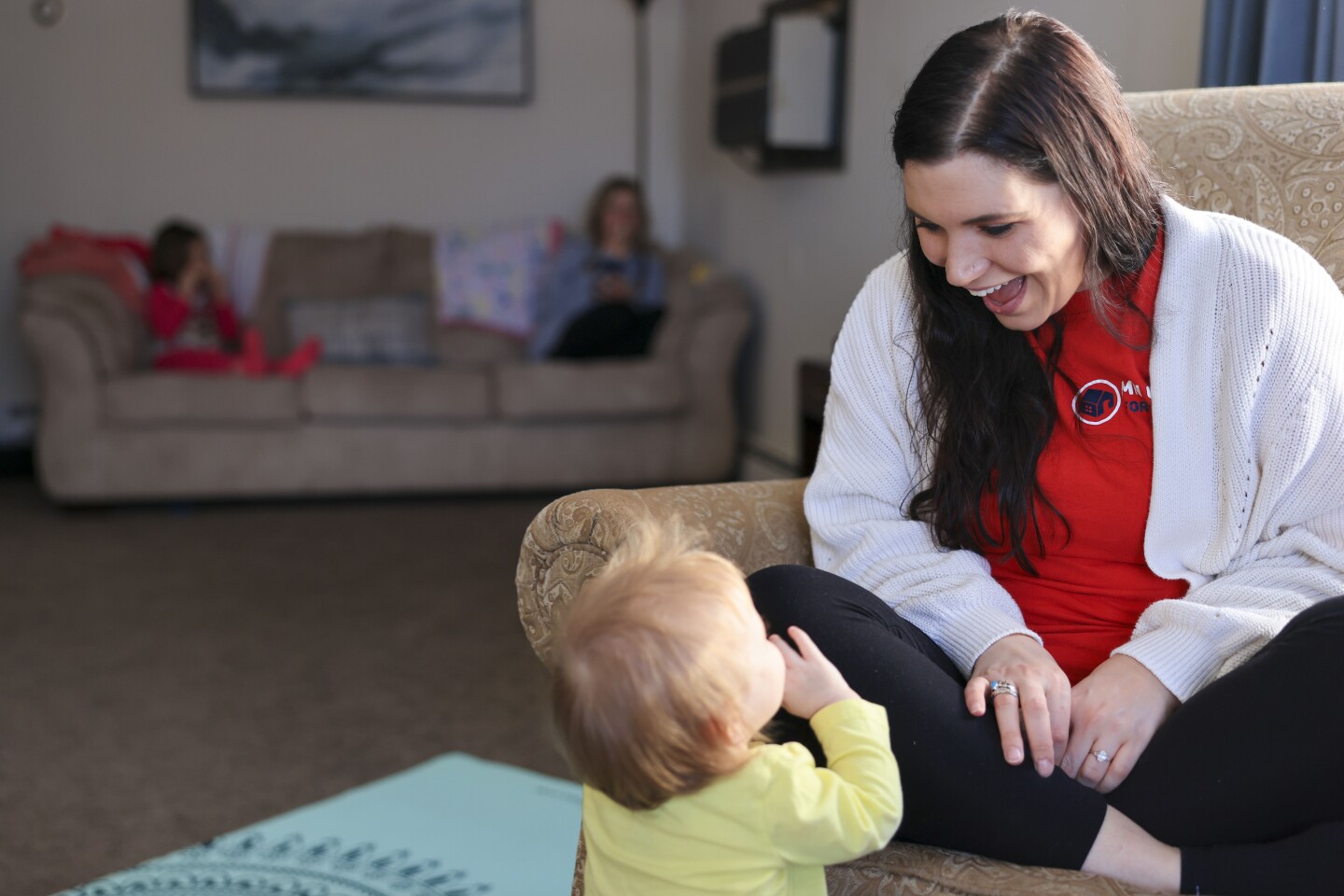
And now, Tassoni is using her personal experience to mentor other parents through what can be an unfamiliar and intimidating system.
ADVERTISEMENT
“I truly do believe the Safe Babies program is exceptional,” she said. “I just like knowing that I’m there for them. They may feel alone, but I am here.”
An escape from reality
Tassoni took an unusual path to addiction, never using hard drugs until she was 27. Raising two kids on her own, she said she reached out to the father of her second child, Stevie, for help buying diapers. Rather than money, he tossed her a bag and meth and said, “Go sell it.”
With the encouragement of a friend, that’s what Tassoni did. Even though she wasn’t using at the time, she figured out she could bring in a steady stream of income from selling drugs.
Eventually, Tassoni said, people started asking how she could be sure the product was good if she wasn’t using it herself. So she tried it.
“I was almost like a poster child for that drug,” she said. “It got me in an instant.”
That was around fall 2019, when Grace was 7 and Stevie was about 5 months old.
Ultimately, Tassoni said, meth was a means of escape. While she came from a good family with loving parents in Gilbert, there had been an “abusive dynamic” in her relationship with Stevie’s father, and they had a rocky on-and-off relationship.
ADVERTISEMENT
Meth, she said, gives the user a “warped view of reality” where they feel “untouchable.” She quickly found herself spiraling, completely unaware of the level of neglect for her children. She doesn't recall significant life events, like attending her brother’s wedding.
“Meth is that drug that will take everything you love at least one time,” Tassoni said. “100%. Everybody that uses it.”
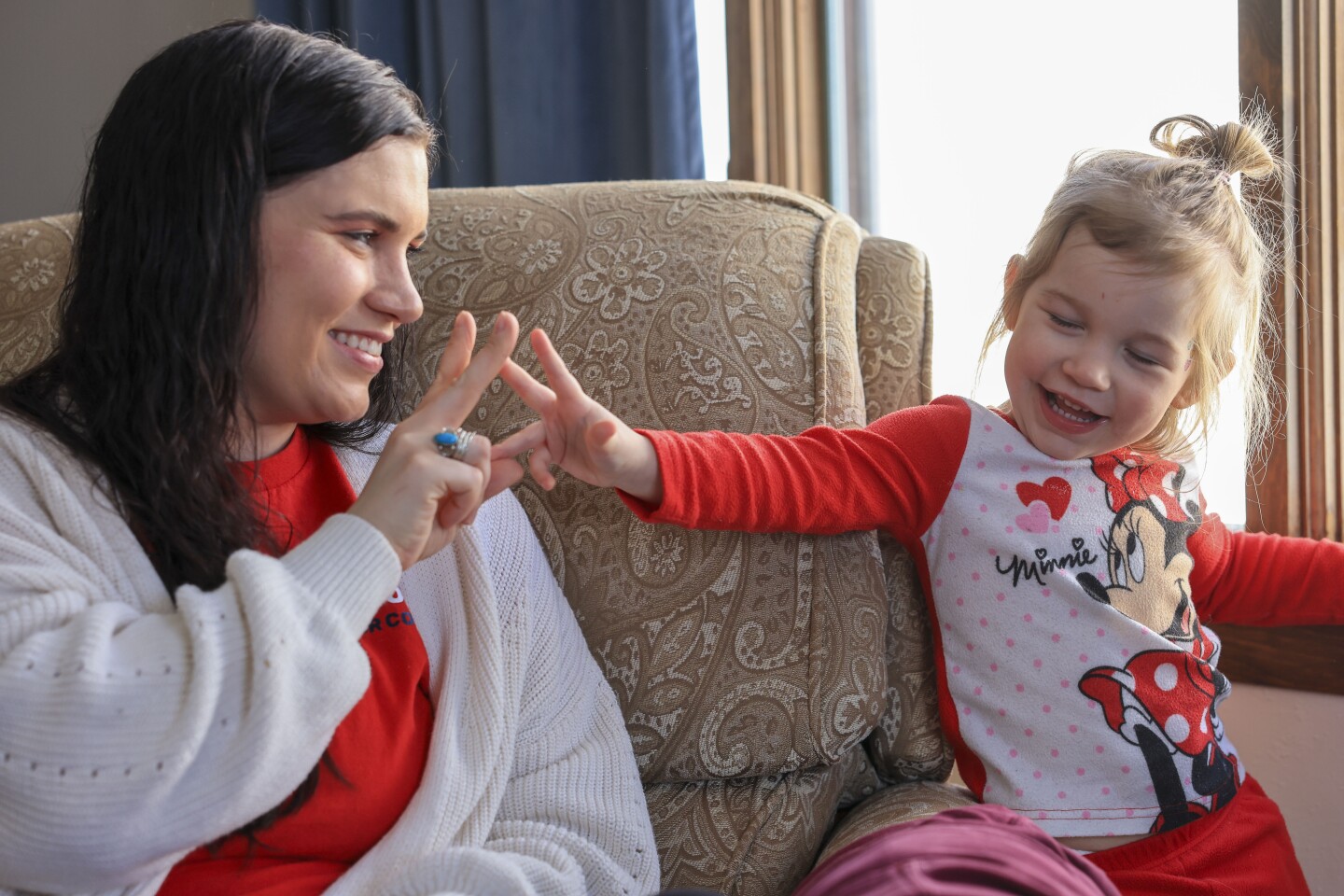
After putting off the child welfare investigation, Tassoni finally took the two children — infested with lice she hadn’t even noticed — to her parents’ home in August 2020. Relinquishing them wasn’t a choice; they would be involuntarily removed otherwise.
Tassoni wouldn’t see the kids again for three months.
A wake-up call
The mother said she continued to use drugs occasionally but started to realize she had to make some changes. She recalled paying a visit to her boyfriend, John Nystrom, and declaring that she was ready to get her girls back.
The final tipping point came when she learned that her third daughter, Charlie, was on the way. So malnourished and unaware of her own health, Tassoni was six months into the pregnancy when she was surprised with the news.
“That drug numbs you on every level,” she said.
ADVERTISEMENT
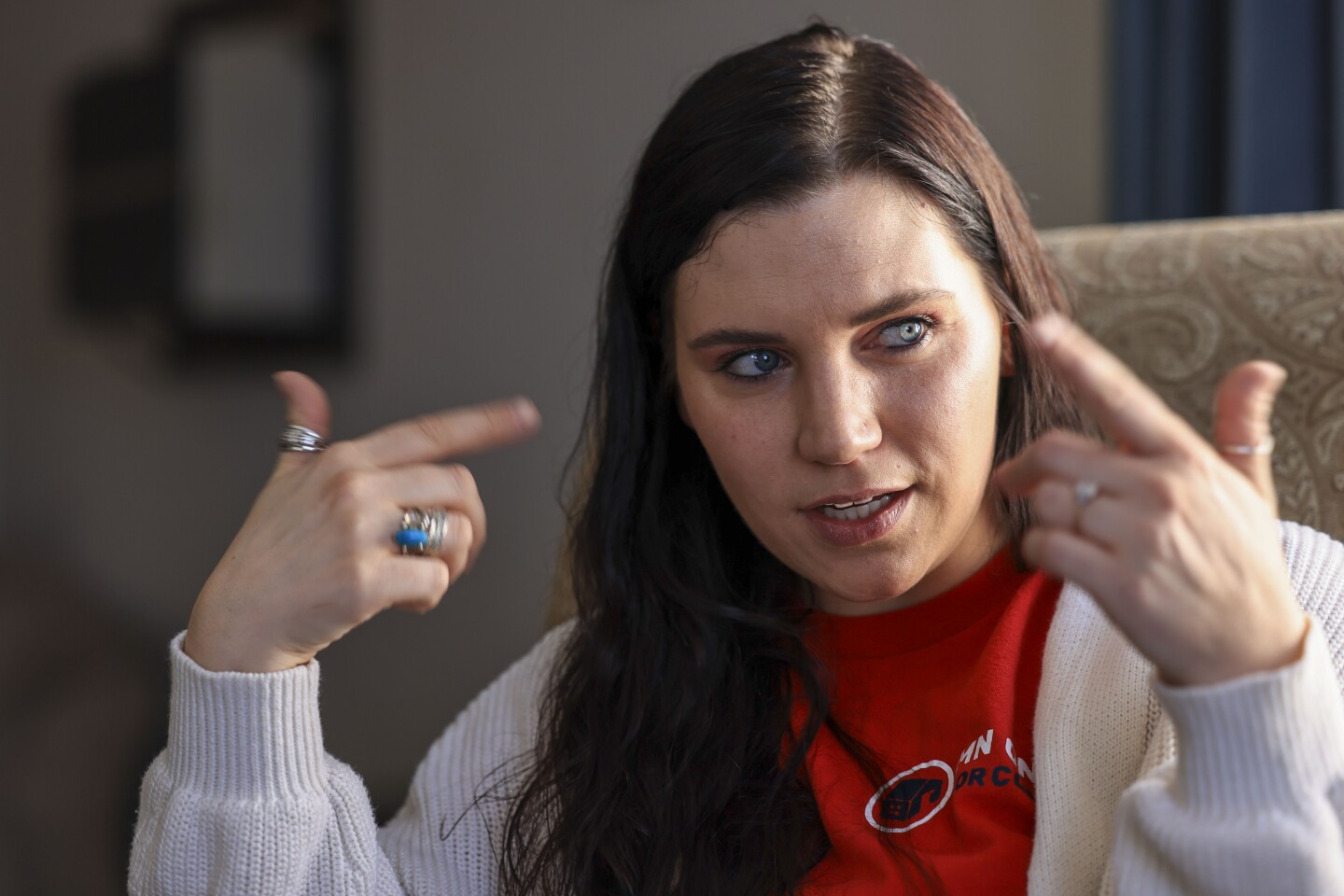
After trying her best to ignore the child welfare investigation for a year, she began meeting with the Safe Babies team by early 2021. The program aims to maintain the critical bond between parents and children during their most formative years, up to age 3.
“I didn’t look at them right away as humans,” Tassoni said. “I saw them as someone to use as a punching bag.”
Determined to stay healthy for her third child and get reunited with the older two, she completed outpatient treatment through Partners in Recovery. She consistently gave hair and urine samples that tested negative.
She was granted supervised visits and trial home placements with the older kids, as well as keeping Charlie when she was born in April 2021.
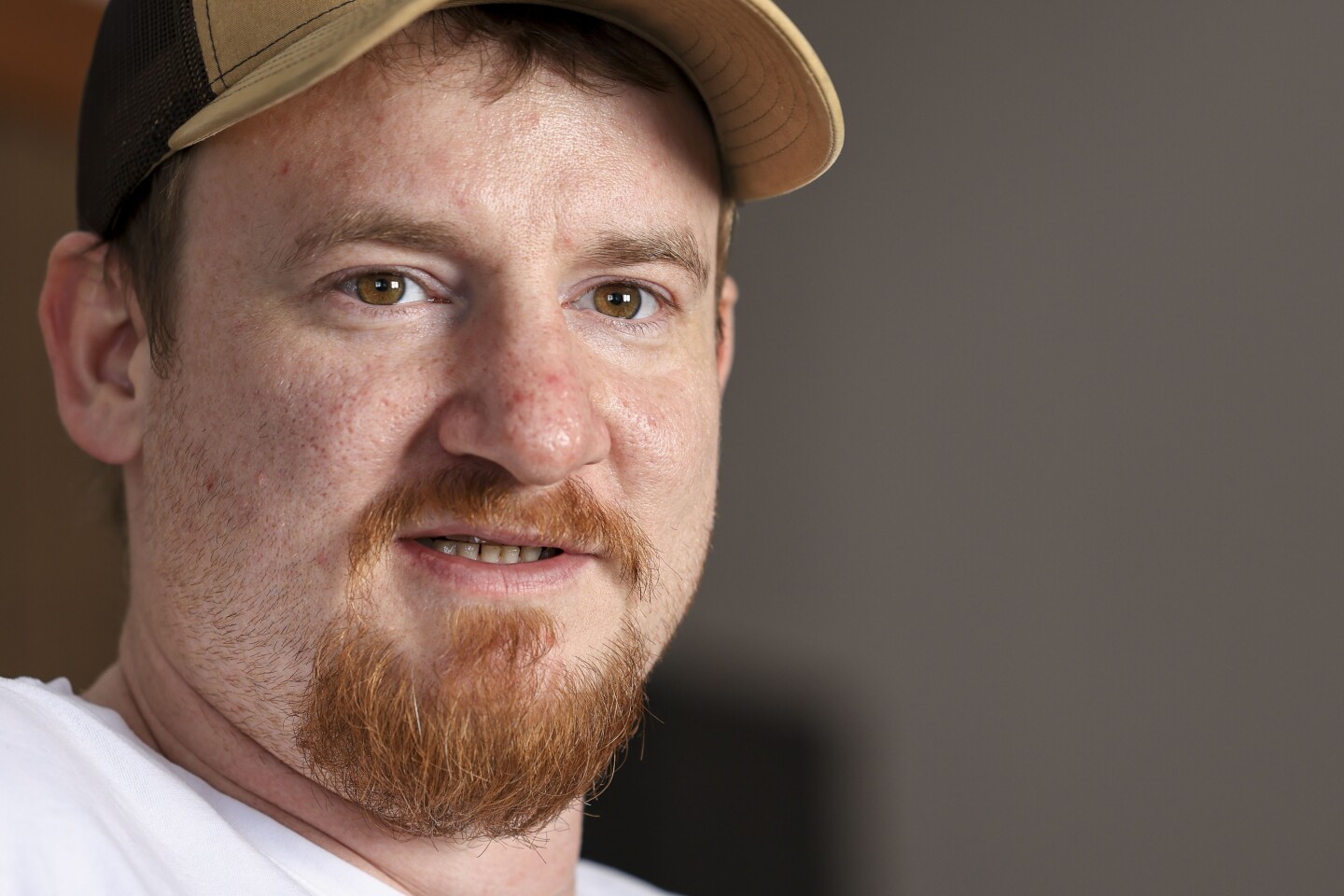
The process, however, was anything but smooth for Nystrom. He didn’t get sober until the very end of the case, in October 2021, and he would butt heads with the Safe Babies personnel.
“That's how your mind works when you’re on drugs,” he said. “It’s everybody else’s fault. It’s not me.”
Family critical to recovery
The couple, who plan to marry in Las Vegas this fall, stressed that addiction can happen to anyone and that each individual’s journey is unique.
ADVERTISEMENT
Tassoni said her parents tried in their own way to help her, but they were generally “cold” and didn’t want to talk about feelings. She doesn’t blame them. It didn’t help that she was a “pathological liar” who would steal from her parents and that they strongly disapproved of her relationship with Stevie’s father.
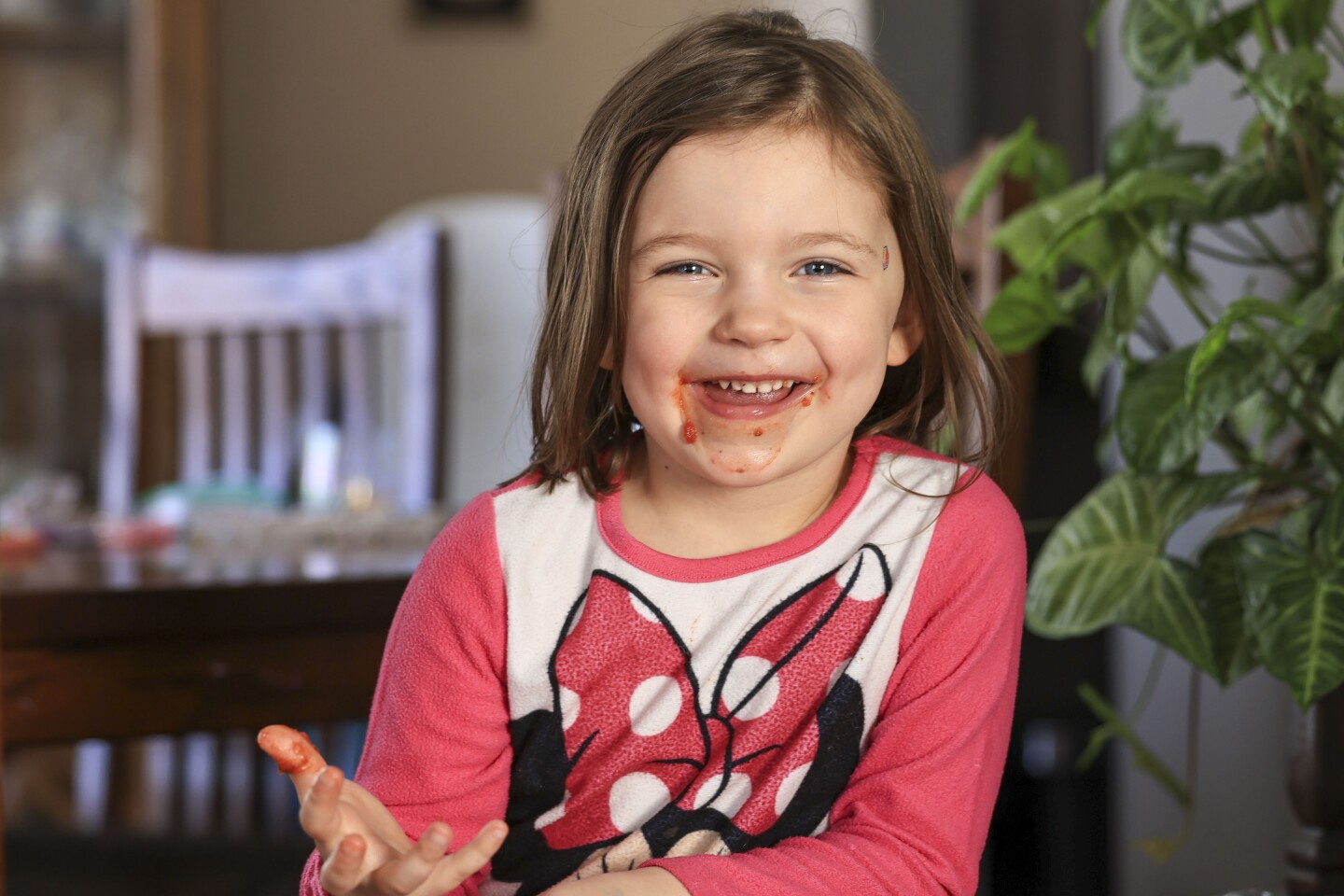
Still, they maintain a good relationship and have dinner together every Sunday. But the parents simply weren’t equipped to deal with the struggles of a daughter whose life had been upturned.
“They were like, ‘We love you, but go figure it out,’” she recalled.
On the other hand, they described Nystrom’s family as almost a model of support, enduring his 18-year path to sobriety.
Nystrom started using drugs by the time he was 16. Like many, he said it started with the people he was hanging out with, cannabis users, who in turn started introducing him to users of harder drugs.
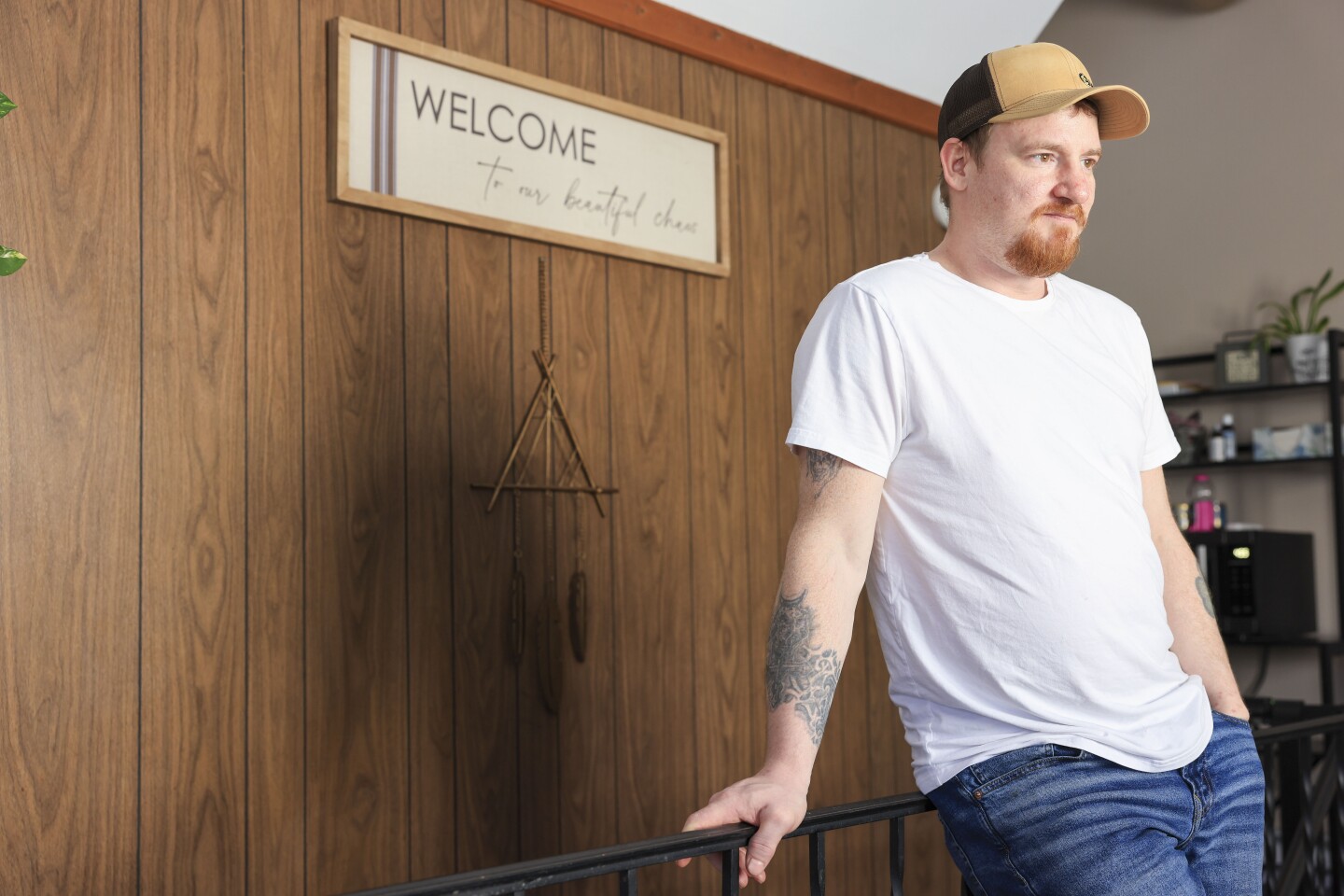
He would occasionally get sober and had a healthy period starting in early 2019. However, the pandemic’s disruption of meetings and social supports proved to be too much, and he was using again by May 2020.
His mother, Terri Nystrom, even put herself through school to become a licensed drug and alcohol counselor. A full-time human resources professional, she recently started a family program at Range Mental Health and plans to work part time as a counselor in retirement.
ADVERTISEMENT
“One of the important pieces with recovery is family,” she said. “Whatever family is for you — not necessarily just biological — but the people who are going to support you through the journey of change.”
Learning to live a normal life
In sobriety, Tassoni and Nystrom, a journeyman millwright for Local 1348, were able to do something they never thought possible: buying the five-bedroom Virginia home that Nystrom’s grandfather built more than 50 years ago.
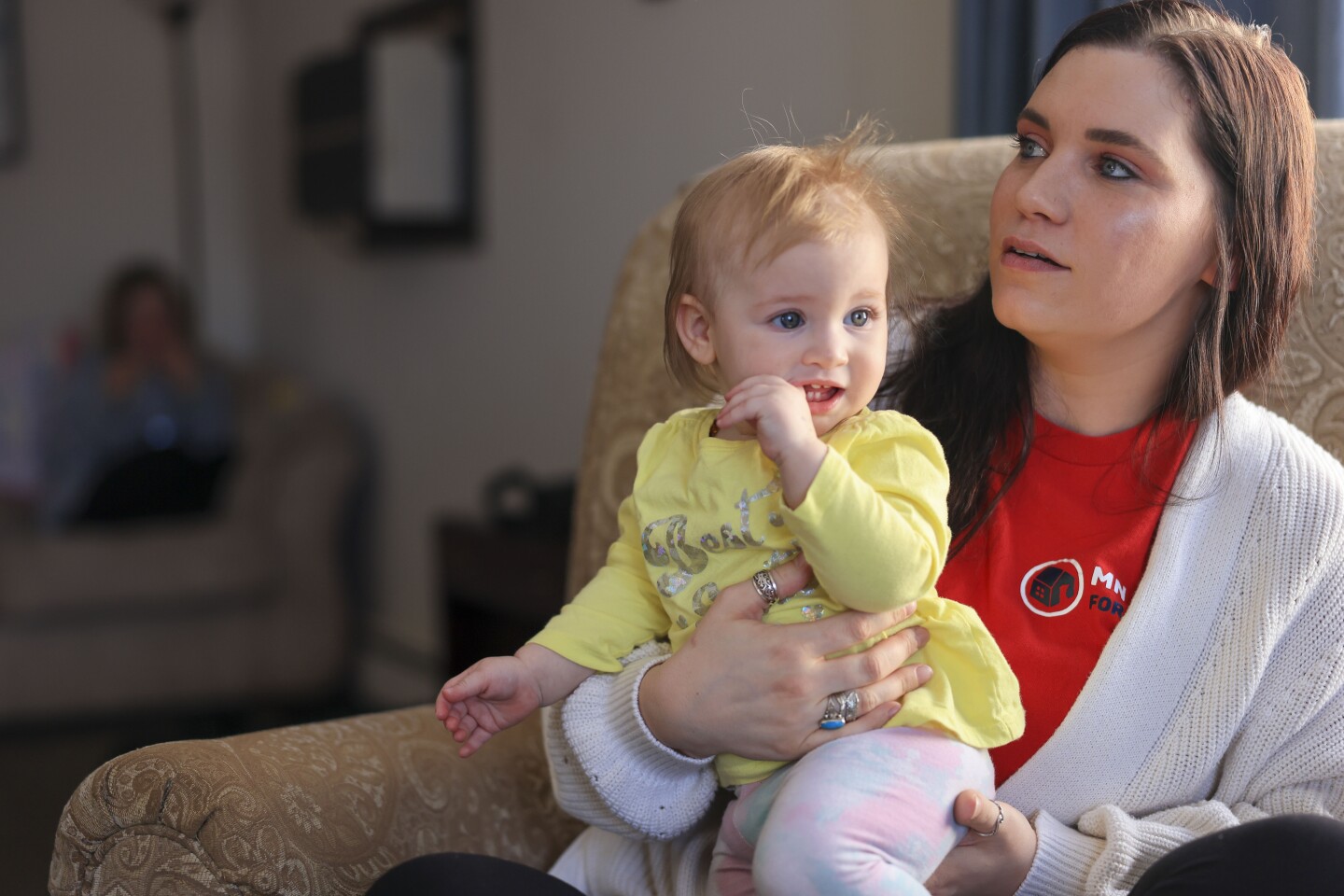
In March 2023, they welcomed Tassoni’s fourth daughter, Alice. She’s their first child together, though Nystrom, 36, signed a voluntary recognition of parentage for Charlie and is now a father to all four.
“My brain was hijacked,” he said of addiction. “And undoing that hijacking is the most amazing thing I’ve ever done in my life. Out of any accomplishment I’ve had, becoming a father is No. 1, without a doubt. Nothing brings me more joy.”
Looking back, they’re happy to have escaped the “erratic, crazy lifestyle.” But they’ve had to learn to adjust to a sense of normalcy — financially, emotionally, socially.
“It’s every skill in every area of your life,” Nystrom said. “The second you put down the drugs and you actually want to start building a life for yourself, then you have to learn how to manage every area of your life.”
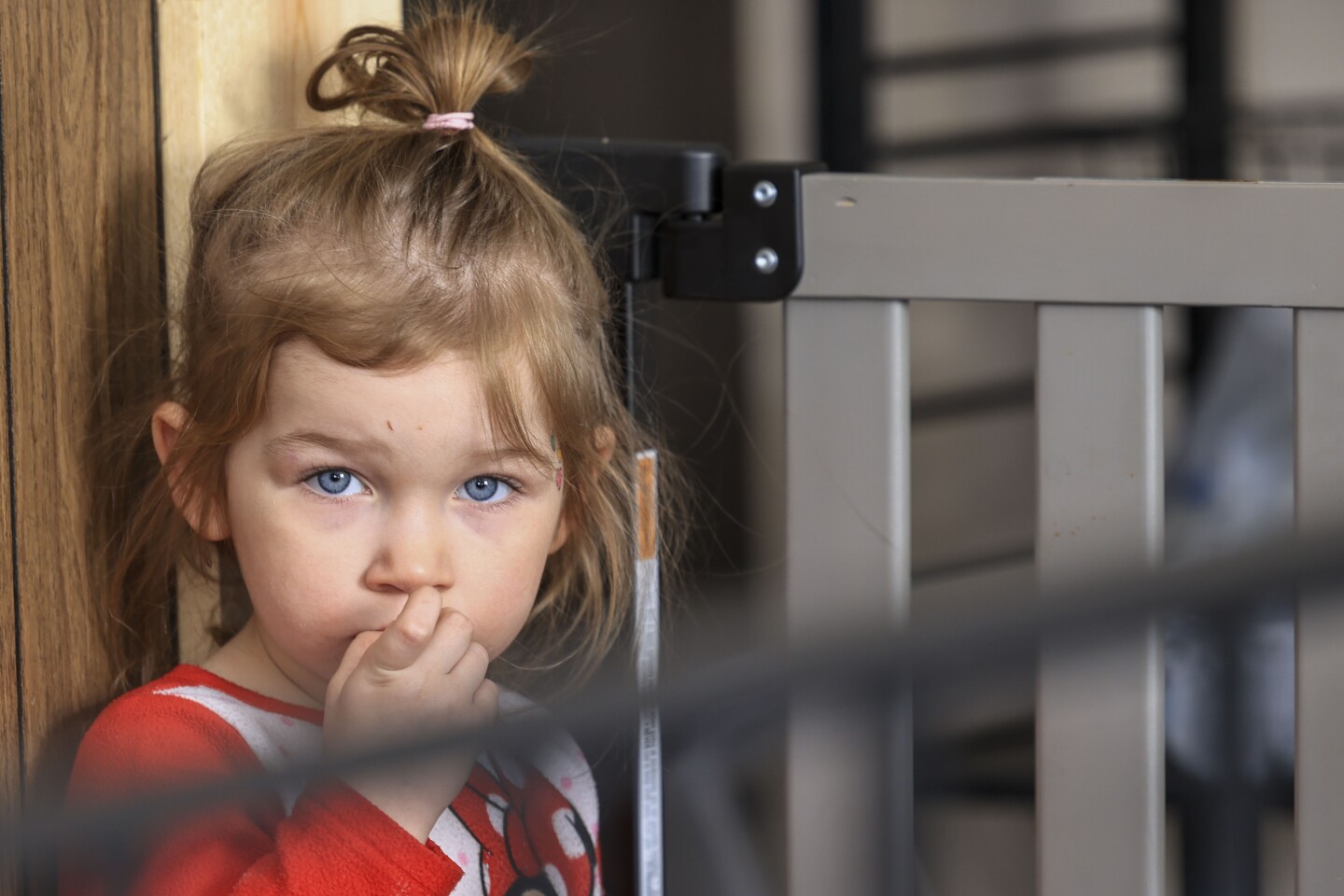
Tassoni recalled the day she regained custody of Grace. They were nearly running late for school and the mother was starting to panic.
Grace tried to assure her that it was OK, but Tassoni knew it wasn’t. All she could think was: “No, it’s not OK, because this is how CPS gets involved. We’re getting your ass to school and that’s that.”
“Her response to it just showed that we never had that,” Tassoni said. “She got to do whatever. It was a good struggle with her at first just to get into the habit. But it didn’t take long. And it took me sticking with it.”
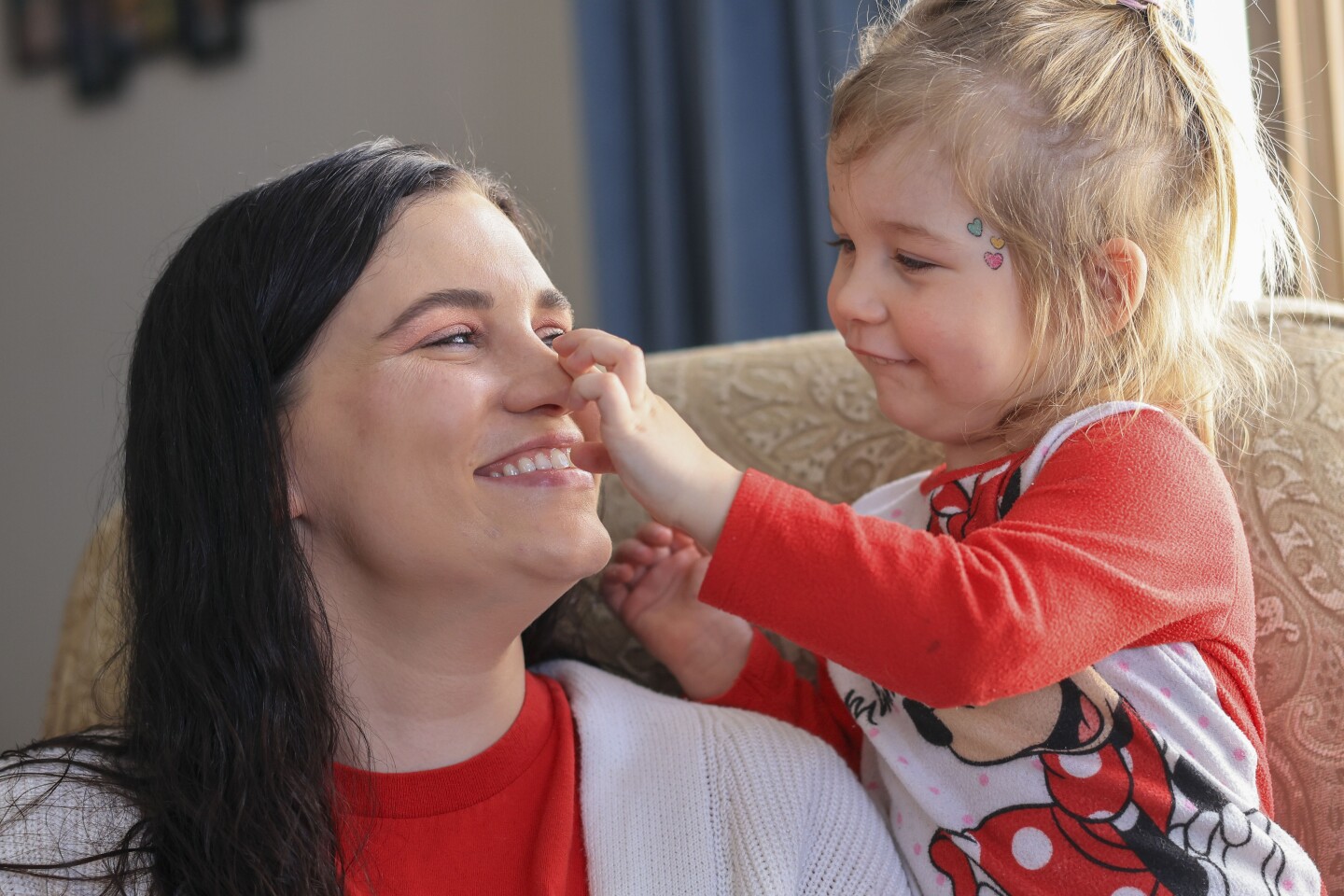
The parents recalled another time when Grace went to her grandmother with a complaint about living with Nystrom: He would make her eat all her vegetables.
“Man, if that’s the worst thing you have to say about me,” Nystrom said with a chuckle.
Giving back to other parents
Tassoni now works as a parent mentor through Minnesota One Stop for Communities, a role that allows her to share the lessons of her journey with 10 other families involved in child protection cases.
She realizes not everyone is ready or able to make major life changes right away. Sometimes, she’s just there to lend an ear or reach out and ask how someone is doing, not necessarily expecting a response.
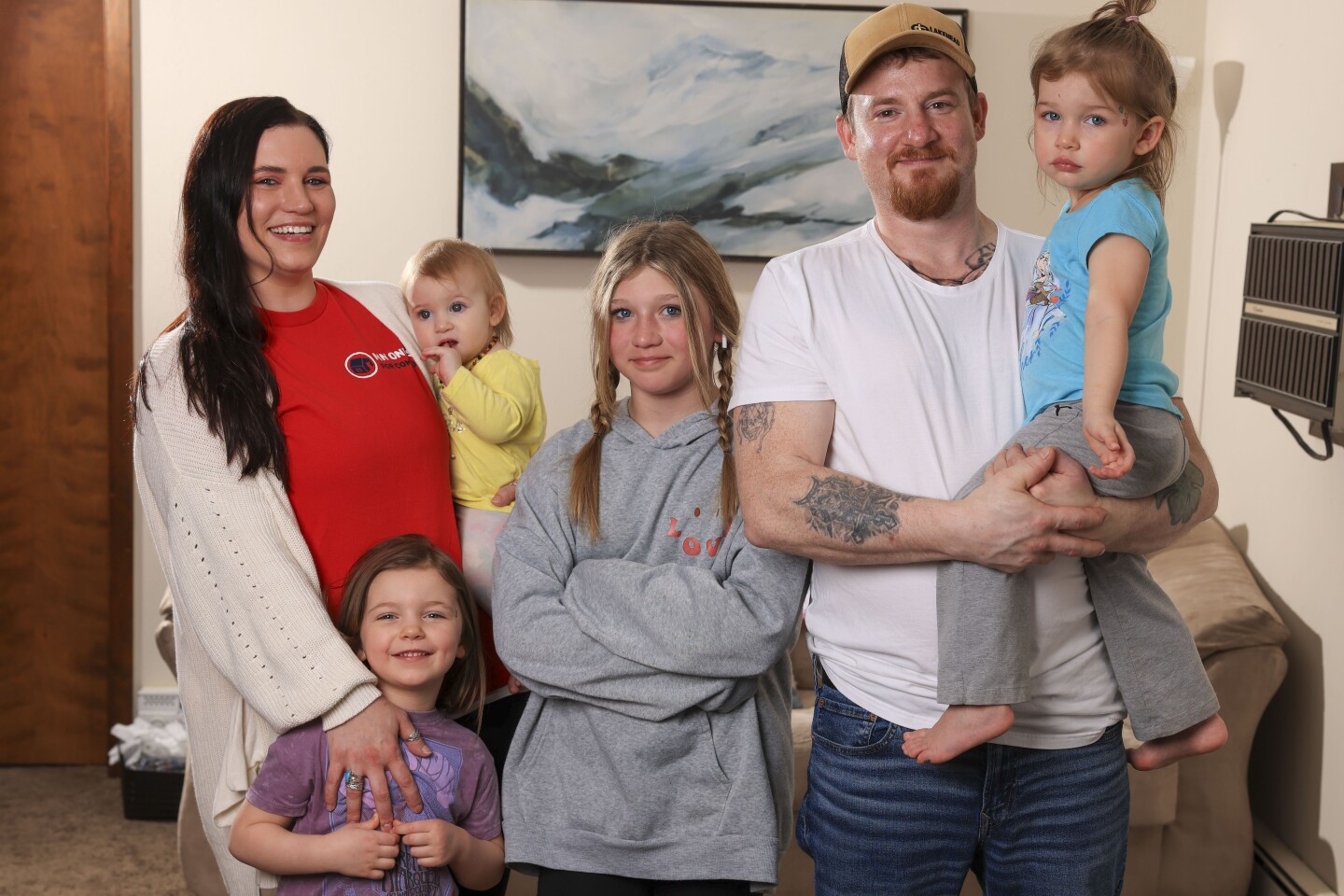
Participants can be bombarded with responsibilities — treatment, drug tests, check-ins, family-team meetings — and it’s natural to “shut down” at times, she said. But the role allows her to help explain the reunification process, support the parent’s recovery goals and, generally, serve as a coach and cheerleader.
“It can be triggering,” she acknowledged. “It brings back a lot of emotions. Some of these cases I’ve sat in, it’s like, ‘I know exactly how you feel.’ But it’s cool, and I like that they know my own experience because I can explain it. I mean, where do I even start? I have so many stories.”
Joining the Safe Babies team has also given Tassoni a different perspective on the professionals she once thought were simply out to take her kids away.
“I was floored to see the passion in the team,” she said. “They were crying in some cases, getting really emotional. It’s like, ‘Wow, you really do care.’”








